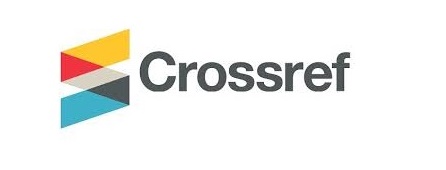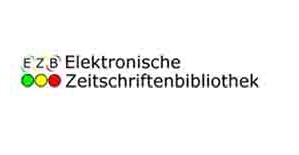Electricity Demand in Pakistan: A Household Analysis
DOI:
https://doi.org/10.52223/jei0102191Keywords:
Electricity demand, ordinary least square, household consumption, PSLM, pricesAbstract
Availability of electricity is essential in modern age because it becomes a necessity of life. The present study used some economic and non-economic determinants that affect household demand for electricity. This study used PSLM survey data for the year 2013-14. The amount of electricity consumed by household was used as dependent variable whereas electricity price, household income, appliances, heating days, region, awareness, and rooms were taken as explanatory variables. Ordinary least square technique (OLS) was used for analysis. The findings of the study showed that Economic and demographic factors are important in determining electricity expenditure. In micro level analysis prices has strong and positive effect on electricity expenditures and it didn’t represent traditional behavior of demand with price. Price and income had positive impact during the period of study with demand for electricity. Expenditure on electricity is fairly higher during summer season. Positive and significant effect is estimated for stock of electricity appliances. Household members have significant effect on electricity expenditure but shows very smaller influence. The dummy variable for region indicates that electricity expenditure is higher for those households who are living in urban areas as compared to rural. Over the time period residential demand of electricity is increasing in Pakistan. As Pakistan is consumption oriented society and demand for appliances is increasing so government should take necessary measures to shift appliances on other resources other than electricity. Increasing use of the appliances increases demand for electricity therefore generation of electricity resources should be increased to meet this increasing demand.
Downloads
Published
How to Cite
Issue
Section
License
Copyright (c) 2019 Nauman Ahmed, Uzma Nisar

This work is licensed under a Creative Commons Attribution 4.0 International License.
















